I'm considering writing a game in JavaScript using WebGL and associated technologies. I would like to make the game as intelligent as possible, so I'm looking into monitoring CPU/memory usage.
For example:
- For high CPU usage, scale back the graphics a bit or offload computations to the server
- For high memory usage, offload data to the server for storage (and later retrieval)
I would like to get the data that Chrome offers in it's Task Manager. I know how to track FPS, and that can lead to some flexibility, but I would like to be have as much information as possible. The main use case is for a 'low power' mode where the CPU is utilized as little as possible (for laptops) or an idle mode when the user is browsing forums, etc.
I know how to use profilers, but I would like access to these tools from JavaScript.
Is this possible? If not, do you know if it has been proposed for standardization?
I would be willing to live with an extension, as long as it could be queried from JavaScript, but I'd like to avoid it if a native feature exists. I'm trying to target recent versions of Firefox and Chrome, but I could restrict myself to a single browser if one supports this.
